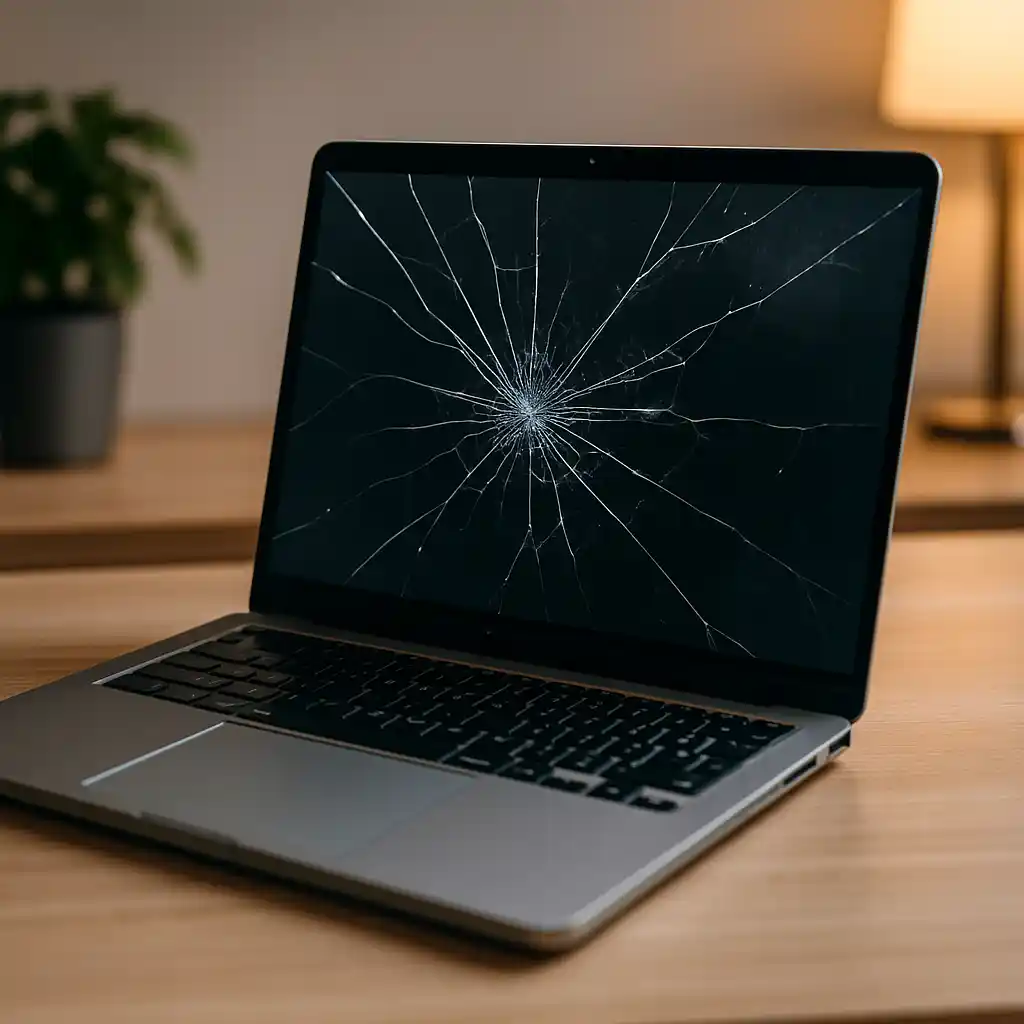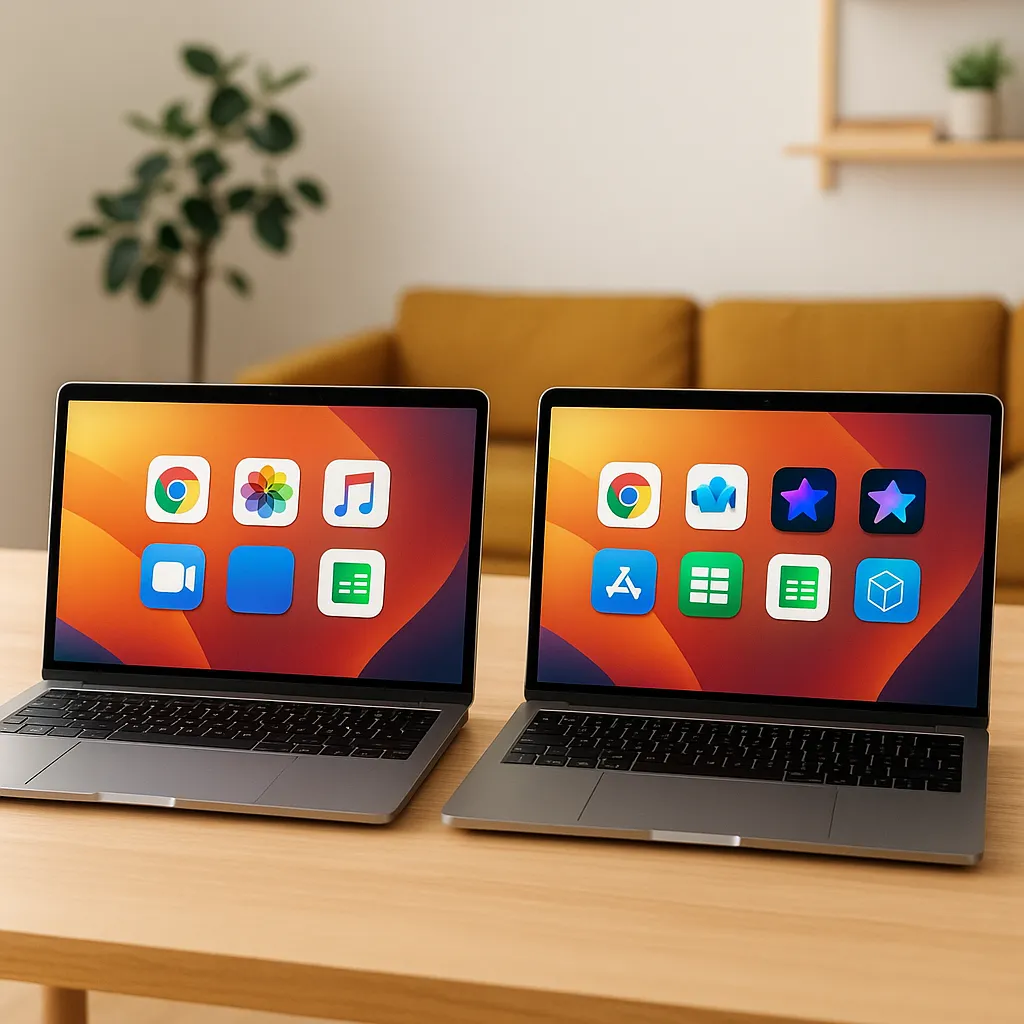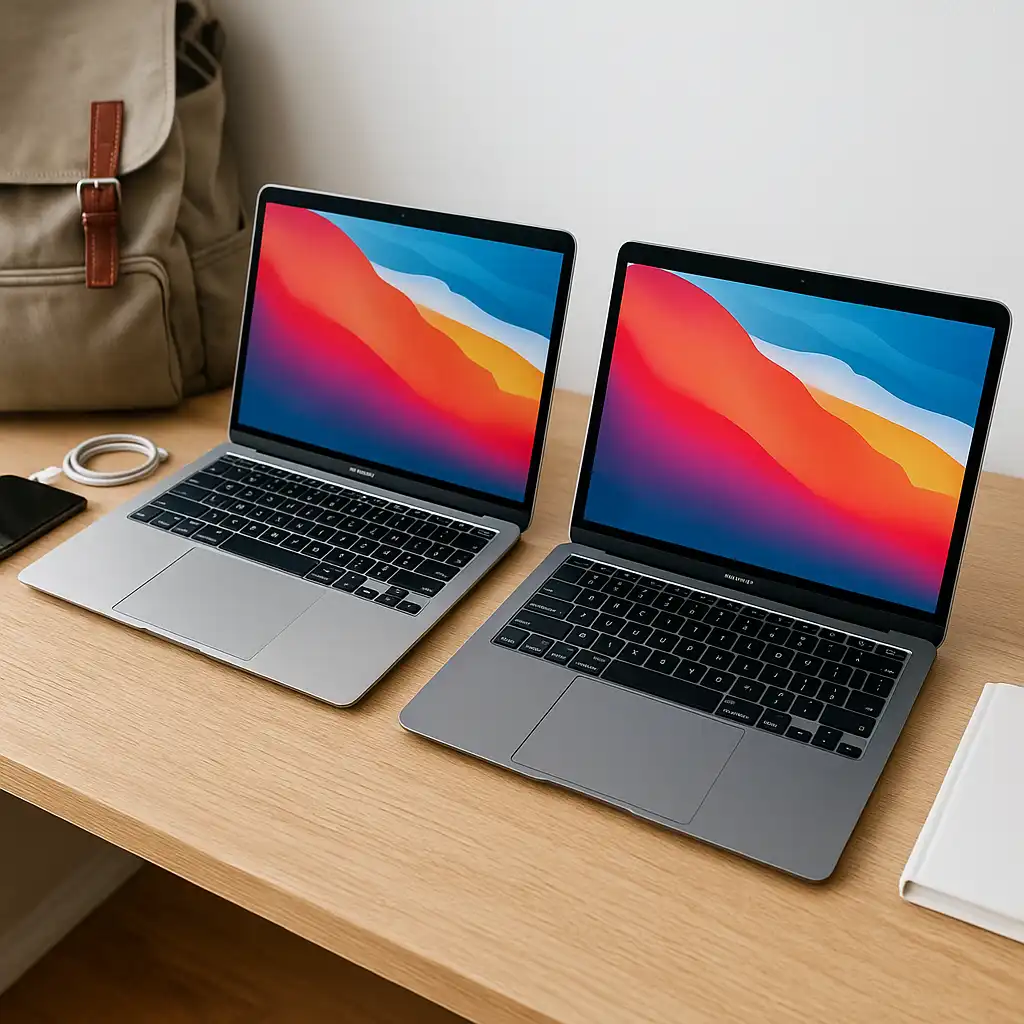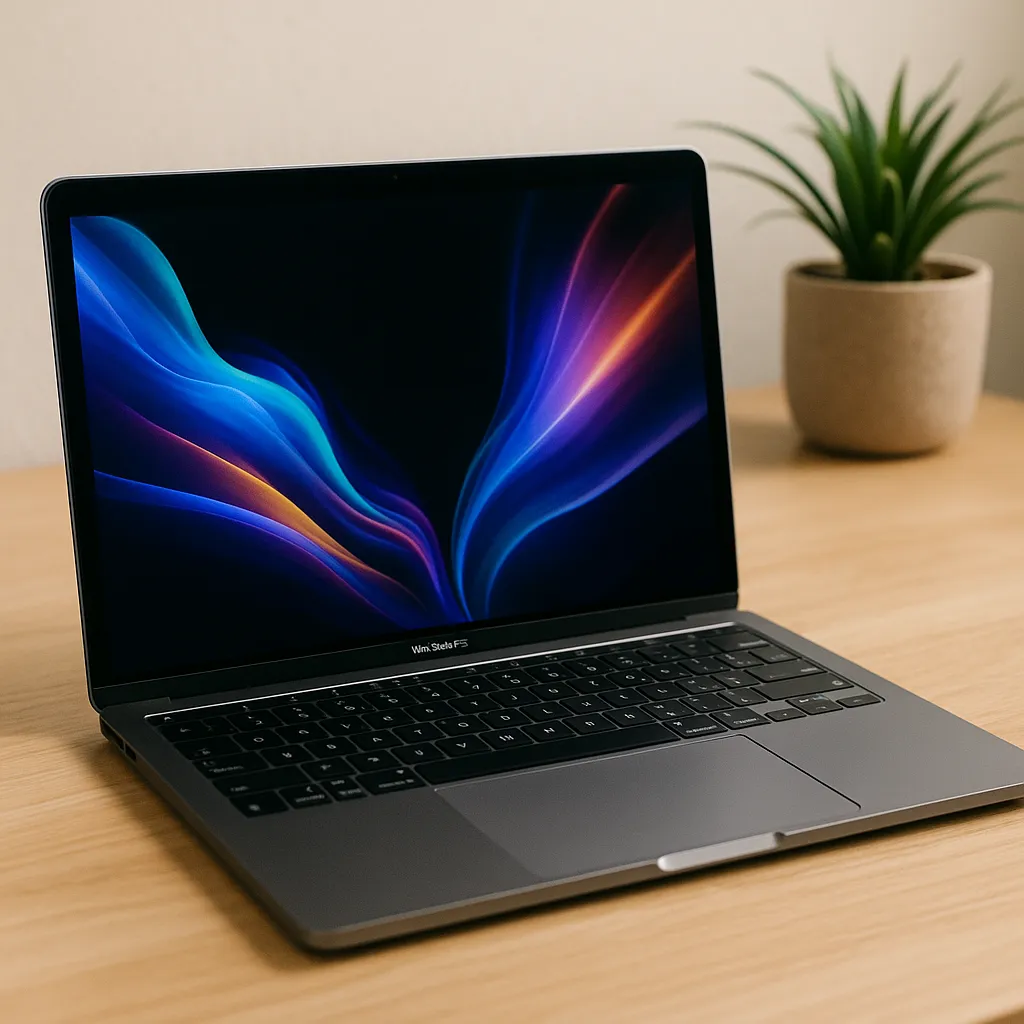Cracked Laptop Screen: What To Do Next and How To Handle It Smartly
Disclosure: This post contains affiliate links. As an Amazon Associate, I earn from qualifying purchases—at no extra cost to you.
Cracking your laptop screen can feel like the end of the world—especially if you rely on it daily for school, work, or creative projects. But don’t stress just yet. Depending on how bad the damage is, you’ve got a few solid options that don’t always involve shelling out for a brand-new laptop.
Let’s walk through what you can do next, what’s worth fixing, and when it might be time to upgrade.
Performance in Everyday Tasks
The good news? A cracked screen doesn’t always mean your laptop is toast. Many users find that their laptop still runs smoothly—apps open, files save, and performance stays snappy.
If the screen still functions and the damage is minor, you can buy yourself time by plugging in an external monitor. It’s a simple workaround that lets you keep using your device while deciding on a repair or replacement.
Display Damage Makes Usability Frustrating Fast
That said, even small cracks can become major distractions. You’ll likely notice issues with touch accuracy, visual clarity, or annoying screen flickers. And with touchscreen models, cracks often lead to ghost touches or worsen over time with added pressure.
For students, remote workers, or content creators, a damaged screen can seriously cut into productivity—not to mention comfort.
Should You Repair or Replace the Laptop?
Repair costs can vary, but for most common laptops, expect to pay between $100 and $400 to replace a cracked screen. High-res displays or touch panels usually cost more, and labor adds to the price if you’re not doing it yourself.
Before moving forward, check your warranty or protection plan. Some cover accidental damage, which can save you quite a bit if you go through an authorized repair center.
Think Long-Term: Is Repairing Worth It?
It depends. If your laptop is fairly new and still performs well, repairing the screen can extend its life for years—and it’s often worth the investment.
On the other hand, if your device is already slowing down or showing wear in other areas (like battery life or keyboard responsiveness), a replacement might be the smarter choice. Upgrading means you’ll enjoy better performance, a clean new display, and fresh warranty coverage.
Conclusion
Dealing with a cracked laptop screen can be annoying, but it’s not always a reason to panic. If your device still runs well and repair costs are reasonable, fixing the screen can keep you going strong. But if your laptop is aging or showing other issues, this might be the perfect moment to upgrade. Either way, taking a few minutes to assess your options can help you save money, time, and frustration in the long run.







